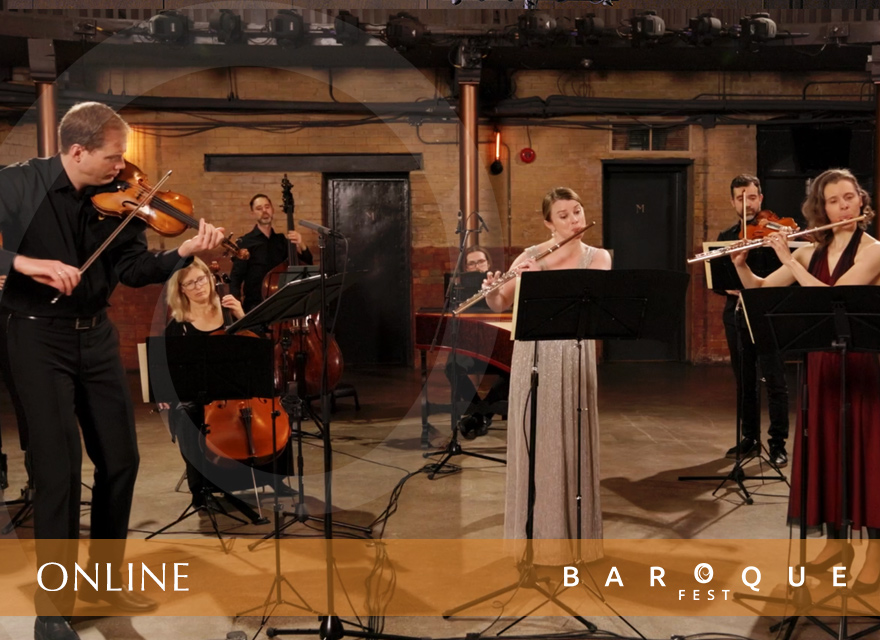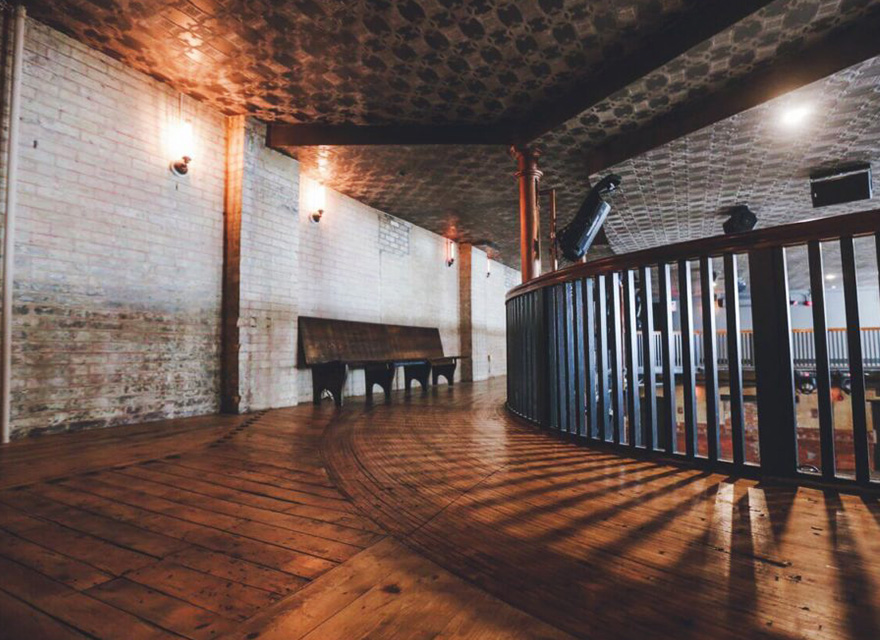Jonathan Crow is the 2021/22 Cecilia Concerts Musician-In-Residence. He has been Concertmaster of the Toronto Symphony Orchestra (TSO) since 2011. A native of Prince George, British Columbia, Jonathan earned his Bachelor of Music degree in honours performance from McGill University in 1998, at which time he joined the Orchestre symphonique de Montréal (OSM) as Associate Principal Second Violin. Between 2002 and 2006, Jonathan was the Concertmaster of the OSM; during this time, he was the youngest concertmaster of any major North American orchestra. Jonathan continues to perform as guest concertmaster with orchestras around the world, including the National Arts Centre Orchestra (NACO), Pittsburgh Symphony, Mahler Chamber Orchestra, Filarmonia de Lanaudiere, and Pernambuco Festival Orchestra (Brazil). Jonathan has also performed as a soloist with most major Canadian orchestras, including the Montreal, Toronto, and Vancouver Symphony Orchestras; the National Arts Centre and Calgary Philharmonic Orchestras; the Victoria, Nova Scotia, and Kingston Symphonies; and Orchestra London, under the baton of such conductors as Charles Dutoit, Sir Yehudi Menuhin, Sir Andrew Davis, Peter Oundjian, Kent Nagano, Mario Bernardi, João Carlos Martins, and Gustavo Gimeno.
Jonathan joined the Schulich School of Music at McGill University as an Assistant Professor of Violin and was appointed Associate Professor of Violin in 2010. His current and former students have received prizes at competitions around the world, including the Menuhin International Violin Competition, OSM Competition, Shean Competition, CBC Radio’s NEXT Competition, Eckhardt-Grammatté Competition, Canadian Music Competition, and Stulberg International String Competition, and work regularly with orchestras such as the NACO, TSO, OSM, Camerata Salzburg, Konzerthausorchester Berlin, Verbier Chamber Orchestra, Vienna Kammerphilharmonie, and Vienna Symphony Orchestra. Jonathan is currently Associate Professor of Violin at the University of Toronto.
In 2016, Jonathan was named Artistic Director of Toronto Summer Music, which enjoyed record attendance and rave reviews in his first three seasons. An avid chamber musician, he has performed at chamber music festivals throughout North America, South America, and Europe, including the Banff, Ravinia, Orford, Domaine Forget, Seattle, Montreal, Ottawa, Incontri in Terra di Sienna, Alpenglow, Festival Vancouver, Pernambuco (Brazil), Giverny (France), and Strings in the Mountains festivals. He is a founding member of the JUNO Award–winning New Orford String Quartet, a project-based ensemble dedicated to the promotion of standard and Canadian string quartet repertoire throughout North America. As an advocate of contemporary music, he has premièred works by Canadian composers Michael Conway Baker, Eldon Rathburn, Barrie Cabena, Gary Kulesha, Tim Brady, François Dompierre, Vivian Fung, Ana Sokolovic, Marjan Mozetich, Christos Hatzis, Ernest MacMillan, and Healey Willan. He also includes in his repertoire major concerti by such modern composers as Ligeti, Schnittke, Bernstein, Brian Cherney, Rodney Sharman, Vivian Fung, and Cameron Wilson.
Jonathan has recorded for the ATMA, Bridge, CBC, Oxingale, Skylark, and XXI-21 labels, and is heard frequently on Chaîne Culturelle of Radio-Canada, CBC Radio Two, and National Public Radio, along with Radio France, Deutsche Welle, Hessischer Rundfunk, and the RAI in Europe.



